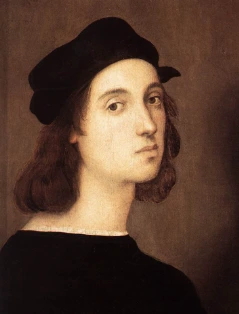
Raphael, an iconic figure of the Italian Renaissance, captivates art enthusiasts worldwide. You’ve probably wondered what makes his work stand out among the giants of art history. This article will provide insights into his life, famous artworks, and immense influence on Renaissance art.
Born in 1483 in Urbino, Raphael quickly rose to prominence as a master painter and architect.
His ability to create harmonious compositions and vibrant, lifelike colors set him apart. Raphael’s works, like the stunning “School of Athens” in the Vatican, showcase his brilliance and continue to inspire both artists and admirers centuries later.
In addition to his artistic achievements, Raphael was known for establishing a thriving workshop. This workshop trained many apprentices and contributed to his enduring legacy. His rivalries with fellow Renaissance masters, such as Leonardo da Vinci and Michelangelo, further fueled his passion and creativity.
Biography of Raphael
Raphael was a pivotal figure in the Italian Renaissance, renowned for his masterful paintings and innovative architectural designs. His work, including The School of Athens, showcases his mastery of perspective and composition.
Raphael’s life and career reflect the cultural richness of his time, leaving an indelible mark on the art world.
Early Life and Education
Raphael, born Raffaello Sanzio on April 6, 1483, in Urbino, Italy, grew up in a culturally vibrant environment. His father, Giovanni Santi, was a court painter for the Duke of Urbino, which gave Raphael early exposure to the arts. This artistic upbringing inspired his passion for painting.
Urbino, a significant cultural center at the time, provided Raphael with opportunities to observe and learn from notable artists and intellectuals. His early education, which focused on the arts and humanities, grounded him in the principles of design and ornamentation.
Artistic Training and Influences
Raphael’s formal artistic training began in Perugia, where he apprenticed under the esteemed painter Perugino. This experience profoundly influenced his style, particularly in his use of soft lines and vivid colors. His travels between cities allowed him to absorb diverse artistic influences.
The Florentine period was a key phase in his development. In Florence, he encountered the works of Leonardo da Vinci and Michelangelo, whose techniques he studied and incorporated into his art. Raphael also drew inspiration from Sandro Botticelli and Donatello, refining his approach to composition.
Major Works and Milestones
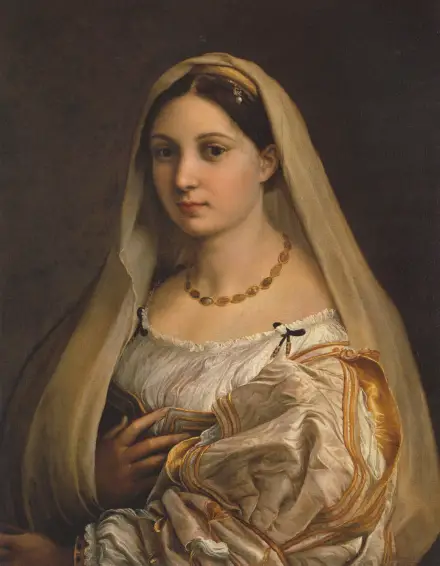
During his prolific career, Raphael created numerous iconic works. His Vatican frescoes, particularly The School of Athens, highlight his technical skill and philosophical depth. This piece exemplifies Renaissance ideals, featuring figures such as Plato and Aristotle.
His portraits, including the famous La Velata, display his mastery of human expression and form. Raphael’s Sistine Madonna is another celebrated painting known for its ethereal beauty. These works solidified his reputation as a central figure of Renaissance art.
Later Career and Death
In his later years, Raphael’s career flourished in Rome, where he served under Pope Julius II. His architectural work, notably his design for St. Peter’s Basilica, showcased his versatility. Raphael’s influence extended beyond painting, as he became a respected architect and advisor.
Raphael, who was 37, died unexpectedly on April 6, 1520. Despite his early death, his legacy persisted through his numerous masterpieces and contributions to art and architecture. His passing marked a turning point in Renaissance art history.
Famous Paintings by Raphael
Raphael, a renowned Renaissance artist, created several masterpieces that have impacted the art world. His works often combine clarity of form with depth of emotion, showcasing his extraordinary skill.
The School of Athens
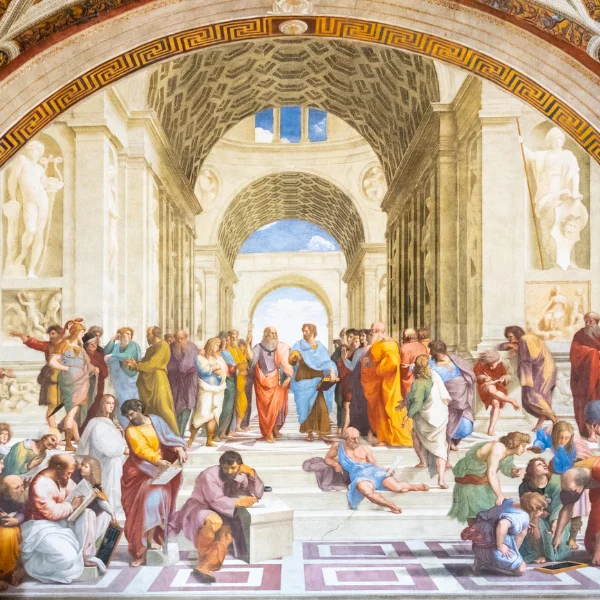
Raphael painted The School of Athens between 1509 and 1511 in the Vatican’s Apostolic Palace. This fresco is celebrated for its intricate depiction of ancient philosophers gathering in a grand hall.
Central figures, such as Plato and Aristotle, are prominently featured, symbolizing the harmony between philosophical thought and artistic expression. Raphael’s masterful use of perspective and spatial arrangement draws the viewer into the scene.
His ability to portray complex subjects makes this work a pillar of Renaissance art.
Sistine Madonna
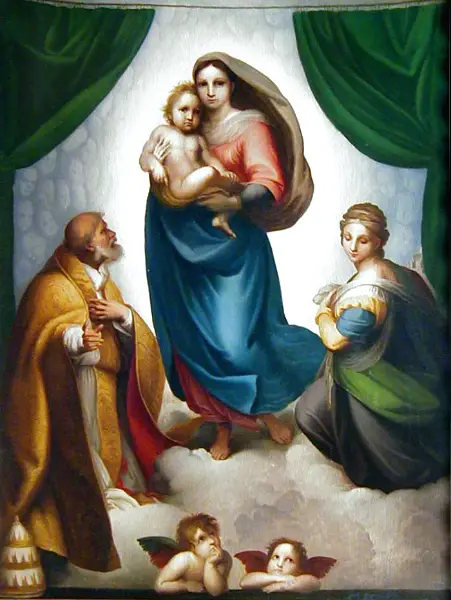
The Sistine Madonna, completed in 1512, is one of Raphael’s most admired paintings. It depicts the Madonna holding the baby Jesus, flanked by Saints Sixtus and Barbara.
The ethereal quality of the figures and the serene expressions on their faces capture the divine essence that Raphael sought to convey. The cherubs at the bottom of the painting have become iconic in their own right, often used in various forms of popular culture.
The composition reflects Raphael’s unique ability to combine religious themes with human tenderness.
The Transfiguration
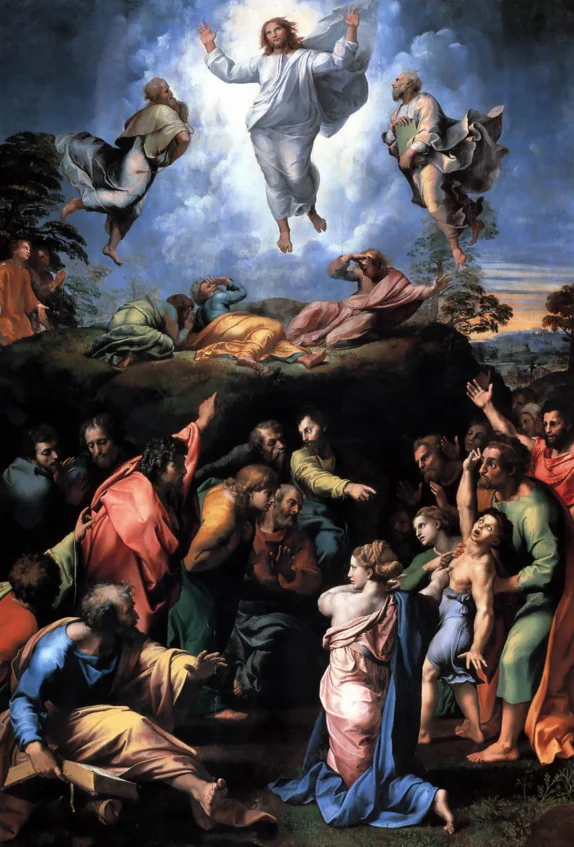
Raphael’s last work, The Transfiguration, was completed in 1520 and depicts the biblical story of Jesus’s transfiguration on Mount Tabor. It exemplifies his artistic vision.
The painting is divided into two parts: the divine miracle above and the chaos below. This duality highlights the tension between human suffering and divine grace.
Raphael’s use of color and light effectively conveys the transcendental experience of the event. The artwork remains a testament to his innovative approach and profound spiritual insight.
Artistic Style and Techniques
Raphael, a master of the High Renaissance, was renowned for his exceptional use of color, precise figurative work, and innovative compositions and perspectives. His skills brought a unique harmony and clarity to his paintings, making his work distinct.
Use of Color
Raphael’s use of color was remarkable for its richness and subtlety. He often employed vibrant hues to add depth and warmth to his paintings.
For instance, in The School of Athens, the vivid blues and reds draw the viewer’s attention while creating balance among the figures. This skillful approach enhances the scene’s realism and adds emotional depth.
By blending colors smoothly, Raphael achieved naturalistic transitions and luminosity that set him apart from his contemporaries.
Figurative Work
Raphael achieved precise anatomical accuracy and graceful expressions in his figurative work. His paintings, such as the Sistine Madonna, showcase characters with lifelike features and emotional depth.
Raphael’s figures often conveyed a serene and thoughtful presence, and he employed soft contours to create a sense of volume and three-dimensional depth. This attention to detail and emotion in his figures contributed significantly to his renown and influence in the art world.
Composition and Perspective
Raphael mastered composition and perspective, creating balanced and harmonious scenes. In works such as The School of Athens, he employed linear perspective to guide the viewer’s eye and create a sense of depth.
He thoughtfully arranged figures and architectural elements to achieve a cohesive structure. By using perspective, Raphael directed focus and established an immersive environment.
His strategic composition techniques demonstrated his understanding of spatial relationships, adding to his reputation as a leading Renaissance artist.
Raphael’s Contributions to the Renaissance
Raphael significantly impacted Renaissance art and architecture, leaving a lasting legacy. His integration of humanism with classical themes and his influence on other artists, particularly in architectural projects, were particularly noteworthy.
Humanism and Antiquity
Raphael, a master of integrating Humanism with artistic expression, often drew inspiration from classical antiquity.
His works, such as The School of Athens, feature philosophical figures like Plato and Aristotle, reflecting the Renaissance’s fascination with ancient Greek culture. This painting emphasizes classical ideals, positioning Raphael among the leading Renaissance thinkers.
Through these artistic endeavors, Raphael helped to revive classical Greek and Roman values, infusing them into the fabric of Renaissance society.
Architectural Achievements
As an architect, Raphael played a pivotal role in transforming the architectural landscape of his time.
After Donato Bramante‘s death, Pope Julius II appointed Raphael the Vatican’s chief architect. He undertook significant projects that advanced Renaissance architecture, including the construction of St. Peter’s Basilica.
His architectural contributions reflected his innovative approach, bridging the Renaissance and Baroque styles, and making him a significant figure in this transitional period. His work demonstrated a keen understanding of space and harmony, inspiring future architects, including Michelangelo.
Influence on Contemporaries and Successors
Raphael’s influence extended beyond his own time, shaping the works of his contemporaries and future artists.
Often working alongside or competing with contemporaries such as Michelangelo and Leonardo da Vinci, Raphael still managed to carve out a distinct style, known for its clarity and elegance. His pupils, known as the “Raphaelites,” spread his techniques across Europe, ensuring his stylistic influence persisted.
By blending elements from previous masters and innovating new approaches, Raphael made significant contributions to Renaissance art, leaving an indelible mark on the history of art.
Analysis of Key Paintings
Raphael, a pivotal Renaissance figure, created artworks celebrated for their sophisticated iconography and innovative techniques. His ability to blend classical themes with his artistic style made his works enduringly timeless.
Iconography and Symbolism
Raphael’s paintings often include complex iconographic elements.
For example, in the famous fresco “The School of Athens,” he brings together a collection of great philosophers and scientists, symbolizing the harmony of philosophical thought during the Renaissance. The painting reflects the blend of art, science, and philosophy, a defining characteristic of Renaissance art.
Figures such as Plato and Aristotle occupy the center, embodying distinct philosophical ideals.
Raphael also incorporates hidden symbolism. For example, the depiction of Heraclitus in the guise of Michelangelo is a nod to the artist’s rival while showcasing Raphael’s admiration for Michelangelo’s work.
Such elements enrich the layers of meaning in his paintings, inviting viewers to explore deeper contexts and interpretations beyond the canvas.
Technique and Innovation
Raphael’s technique combined precision with graceful composition. His paintings, such as the “Sistine Madonna,” demonstrate his mastery of perspective and the use of color to convey depth and emotion.
Raphael was known for the clarity and unity of his compositions, a contrast to the dynamism of his contemporary, Michelangelo. In his works, such as Transfiguration, he often employed the “pyramidal composition” to create structured and balanced scenes.
This approach highlights the central figures, guiding the viewer’s eye through the narrative. His innovative use of color and light emphasizes the emotional tones in each scene.
The evolution of his styles and techniques profoundly impacted art history, influencing later artists and shaping the course of Renaissance art.
Raphael’s Patrons
A celebrated Renaissance figure, Raphael was supported by notable patrons. His patrons, especially the Medici family and the Vatican, played a crucial role in his career. These relationships helped him create some of his most renowned masterpieces.
Patronage of the Medici Family
The Medici family, known for their influence in Florence, was a significant patron of the arts during the Renaissance. As supporters of both Raphael and Michelangelo, the Medicis funded numerous projects that showcased Raphael’s talents.
The family’s support allowed Raphael to create many famous works highlighting his mastery of perspective and detail.
One of the Medici family’s key contributions was introducing Raphael to other established artists, such as Sandro Botticelli and Donatello. This connection influenced his style and technique, further solidifying his place in the art world.
The Medici family’s patronage supported Raphael financially and helped him gain the recognition he needed.
Commissioned Works by the Vatican
The Vatican was another critical patron in Raphael’s career. It provided him with prestigious opportunities that showcased his exceptional skills.
Pope Julius II commissioned Raphael to work on several frescoes in the Vatican, most notably the School of Athens.
This iconic fresco features essential historical figures, including philosophers like Plato and Aristotle. Raphael’s ability to capture the essence of Renaissance humanism is evident, making it one of his most celebrated works.
Other significant artworks he contributed to the Vatican reinforced Raphael’s importance as a Renaissance artist and his lasting impact on Western art traditions.
Comparison with Contemporaries
Raphael, a central figure of the Italian Renaissance, is often compared to his renowned contemporaries. Notable artists such as Michelangelo and Leonardo da Vinci shared the stage with him, each contributing distinct styles and innovations to the art world.
Michelangelo
Michelangelo, known for his dramatic and individualistic style, often found himself in artistic rivalry with Raphael. While Michelangelo focused on the intense and expressive human form, Raphael embraced harmonious compositions and serene beauty. Michelangelo’s works, such as the Sistine Chapel ceiling, display his mastery of anatomy and movement.
Despite their differences, both artists were dedicated to capturing the essence of human emotion, albeit in contrasting ways.
Raphael’s fresco, The School of Athens, exemplifies balance and clarity, demonstrating his gentle genius. Rumors of rivalry were fueled by competition over commissions in Rome, yet both artists pushed each other to new creative heights.
Leonardo da Vinci
Raphael’s relationship with Leonardo da Vinci was less contentious but equally significant. Leonardo’s pioneering techniques in light and shadow greatly influenced Raphael’s development as an artist.
Raphael’s painter admired Leonardo’s ability to portray depth and emotion through subtle gradations of tone.
The influence is evident in Raphael’s portraits and religious scenes, most notably in The Sistine Madonna.
While Leonardo was a trailblazer of the High Renaissance with works like The Last Supper, Raphael built upon these innovations, enhancing them with his unique touch of idealized beauty.
Their shared admiration for classical antiquity is also a key element connecting their works, blending ancient themes with Renaissance ideals.
Raphael’s Architectural Contributions
Raphael’s work in architecture marks a significant period in art history. His projects reflect his innovative approach and his role in the transition from the Renaissance to the Baroque period. His work at St. Peter’s Basilica and Villa Madama showcases his skill and influence in architectural design.
St. Peter’s Basilica
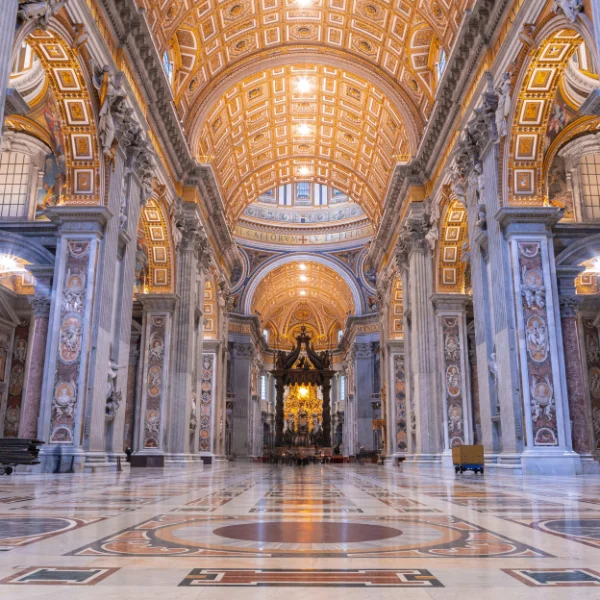
Pope Julius II appointed Raphael the chief architect of the Vatican after Donato Bramante died in 1514. He played a key role in the construction of St. Peter’s Basilica.
Although later modified by Michelangelo’s plans, Raphael’s initial work laid important groundwork for the structure’s future development.
His contribution involved designing the basilica’s apse and working on the cross-shaped floor plan, aiming to create a harmonious blend of past and contemporary styles.
Although he passed before the project was completed, Raphael’s influence remains evident in the basilica’s grand design. His vision combined classical elements with the architectural ideas of his time, contributing to the majesty of one of the Renaissance’s iconic landmarks.
Villa Madama
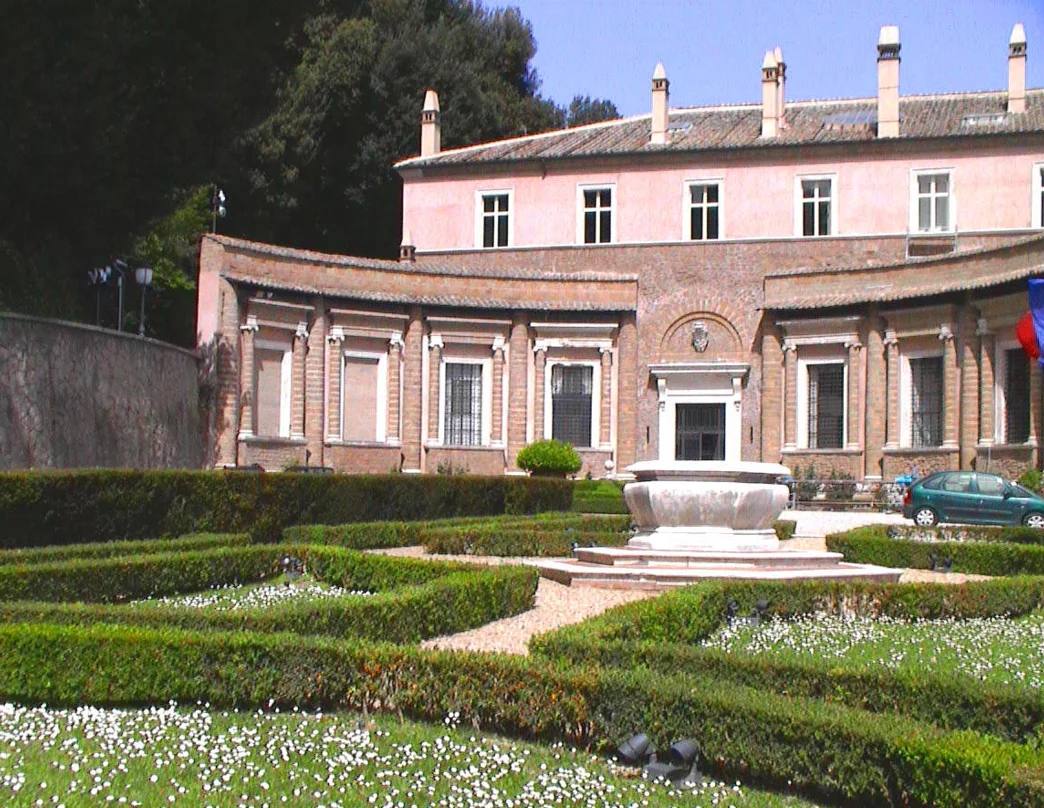
Villa Madama, located on the outskirts of Rome, was one of Raphael’s significant architectural projects. Commissioned by Cardinal Giulio de’ Medici, the villa was intended as a luxurious retreat.
Raphael designed impressive loggias and grand interior spaces reflecting the ideals of the Renaissance.
The villa’s design incorporated classical influences and a rich decorative style, exemplifying Raphael’s mastery of form and ornamentation.
Although incomplete due to his untimely death, Raphael’s plans continue to inspire future architects.
Villa Madama’s elegant integration of indoor and outdoor spaces illustrates its innovative approach to blending architecture with nature, making it a prototype for Renaissance villa design.
Exhibitions and Museums
Raphael, a renowned Renaissance artist, left a significant mark through his artworks. His contributions are celebrated in numerous museums and exhibitions worldwide.
Permanent Collections
The National Gallery of Art in Washington, D.C., features a notable collection of Raphael’s work. Visitors can view Raphael’s drawings, works, and the pieces of his students and contemporaries.
This collection provides insight into Raphael’s style’s evolution and influence on other Renaissance artists.
In Italy, the Galleria Nazionale delle Marche in Urbino includes art from Raphael’s early years, representing his initial artistic exploration. His works in these collections highlight his central role in Renaissance art and showcase his mastery of composition and form.
Recent and Upcoming Exhibitions
The Royal Academy of Arts in London is hosting an exhibition featuring Raphael alongside Michelangelo and Leonardo.
Running from November 2024 to February 2025, this event explores the relationships and rivalries among these great artists, placing Raphael in the context of his well-known Renaissance peers.
In 2020, to mark the 500th anniversary of Raphael’s death, numerous museums, including the British Museum, showcased exhibitions that highlighted the connections between Raphael and other artists.
Exhibitions like Raphael and His Circle showcased his significant impact on the Renaissance movement. These events continue to celebrate his enduring legacy and contributions to art history.
Final Thoughts
Raphael, often recognized as a divine healer, holds a special place in various spiritual traditions. His role extends beyond physical healing to encompass the restoration of emotional and spiritual balance. People invoke his assistance during times of distress for guidance and protection.
In religious texts, Raphael is known for his healing powers. He is one of the seven archangels mentioned in biblical narratives.
His association with the color green symbolizes growth and renewal, bringing peace and harmony to those who seek his help.
Symbols often linked to Raphael include:
- Fish: Represents divine healing and guidance.
- Green Light: Symbolizes life and healing energy.
Those who aim to connect with Raphael often look for signs, such as vivid dreams, encounters with the color green, or a sudden rush of calm. These experiences suggest his presence and support.
Diverse sources highlight Raphael’s influence on personal transformation. Engaging with his energy can aid individuals in personal growth and spiritual development, promoting well-being.
Frequently Asked Questions
Raphael, a master of the Italian Renaissance, is celebrated for his remarkable contributions to art and architecture. His life, works, and legacy inspire artists and art lovers worldwide.
Raphael was known for his exceptional paintings and architectural works during the High Renaissance. Notable paintings include “The School of Athens” and “Madonna and Child.” His works are praised for their clarity, structural composition, and beauty.
Raphael died on April 6, 1520, at the age of 37. Historical accounts suggest that he died of a sudden illness, possibly related to a fever.
Raphael was charming and well-liked by his peers and patrons. His personality was often described as gentle and gracious, contributing to his success in numerous commissions.
Raphael is special because of his mastery in creating harmonious and balanced compositions. His work combined grace and grandeur, making him a key figure in elevating the Renaissance artistic style.
Saint Raphael is best known as one of the archangels in both Judeo-Christian and Islamic traditions. He is revered for his role as a healer and guide, especially noted in the Book of Tobit.
In the Bible, Raphael appears as an angel in the Book of Tobit. He guides and protects Tobias, the protagonist of the book.
Raphael is attributed with the saying, “Time is a vindictive bandit to steal the beauty of our former selves.” This quote reflects his views on art and the passage of time.
Among Raphael’s masterpieces, “The School of Athens” stands out the most. It is celebrated for its intricate depiction of classical philosophers and its perfect use of perspective.
Raphael revolutionized the use of space and perspective in composition. His influence is evident in the art of his time and modern artistic practices.
Many consider Michelangelo’s greatest masterpiece to be the ceiling of the Sistine Chapel. This work is renowned for its grand scale, complex composition, and stunning depiction of biblical scenes.
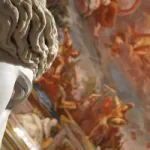
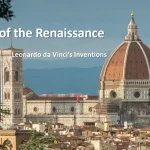
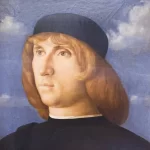

 Leonardo Bianchi,
the creator of Leonardo da Vinci's Inventions.
Thank you for visiting
Leonardo Bianchi,
the creator of Leonardo da Vinci's Inventions.
Thank you for visiting